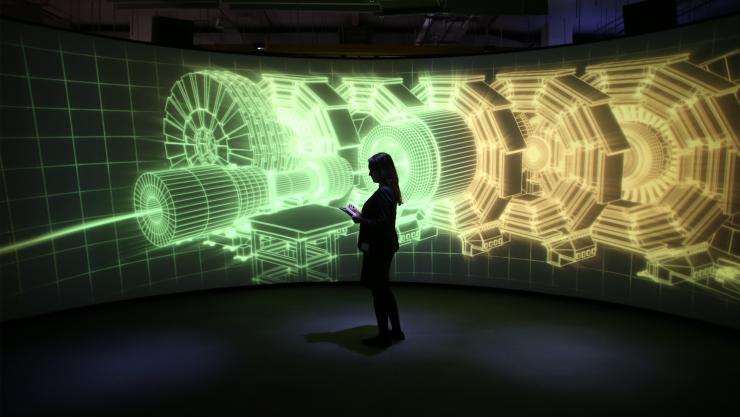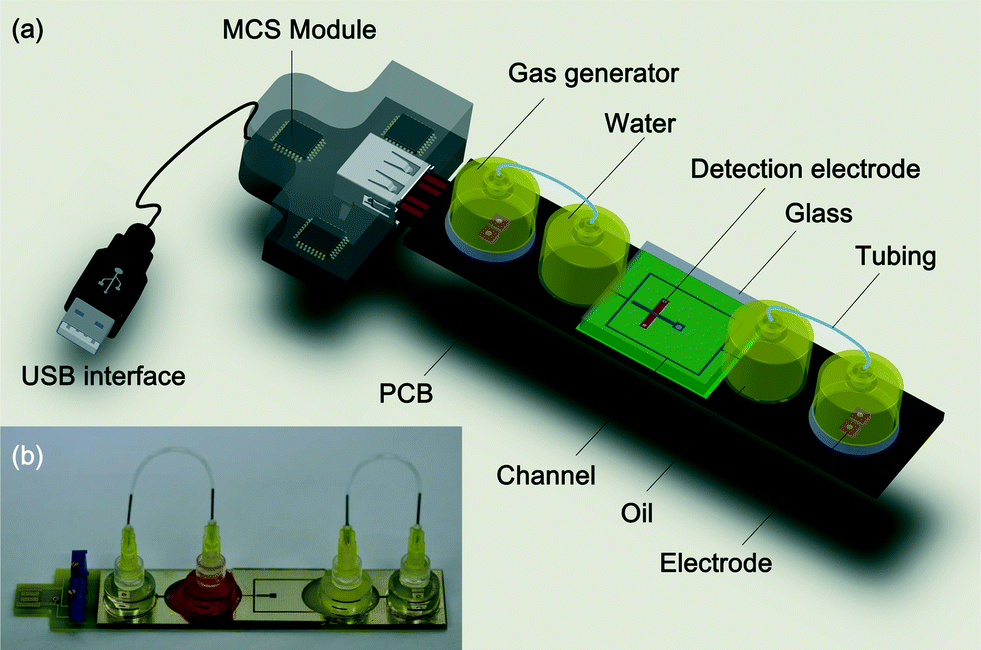Fact: Researchers are looking at real seahorses to come up with more advanced robotics capable of enhanced dexterity, precision grip strength, and softness of touch.
The seahorse’s skeletal structure contains square bony plates that surround the marine animal’s spine, backbone, and tail. This plate provides a strong structural feature that protects the seahorse from being easily squished but makes them flexible to grip and twist in their surroundings.
Researchers have always been concerned with structural integrity and robustness in their robotics. One researcher, Ross Halton, an assistant professor in the College of Engineering at Oregon State University, said that “engineers tend to build things strong enough for one type of task, while Mother Nature creates things just strong enough not to break but flexible to do multiple tasks.”
Using a 3-dimensional printer, they were able to look at the structural integrity of the seahorse tail. They were amazed to find out that the seahorse tail bends and snaps back into place after deformation. Engineers say that this could be much more energy efficient if implemented in robotics. Furthermore, when used alongside revolutionary electronic cables from a mechanical cable manufacturer, the possibilities pose an exciting prospect for future robotics research. Moreover, the 3-dimensional construct helps scientists to mentally construct the armor on a robot, helping it to be as dexterous as possible.
Currently, there is a great need in medical research for robots that can help assist in surgical simulations. This requires dexterity, precision, and softness of touch capabilities, and the seahorse has helped provide valuable insight into how scientists can make this possible.



